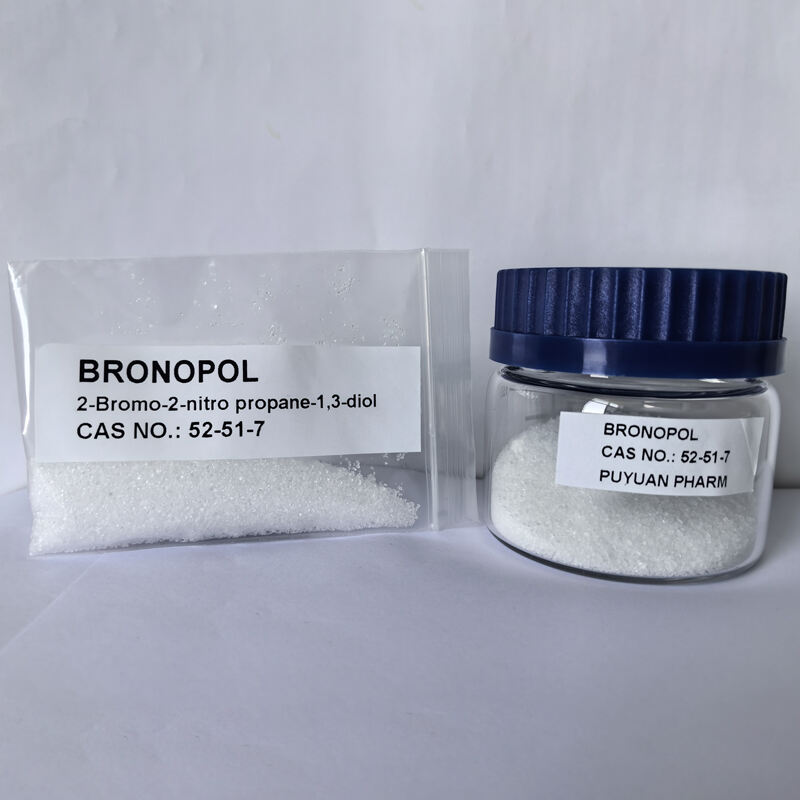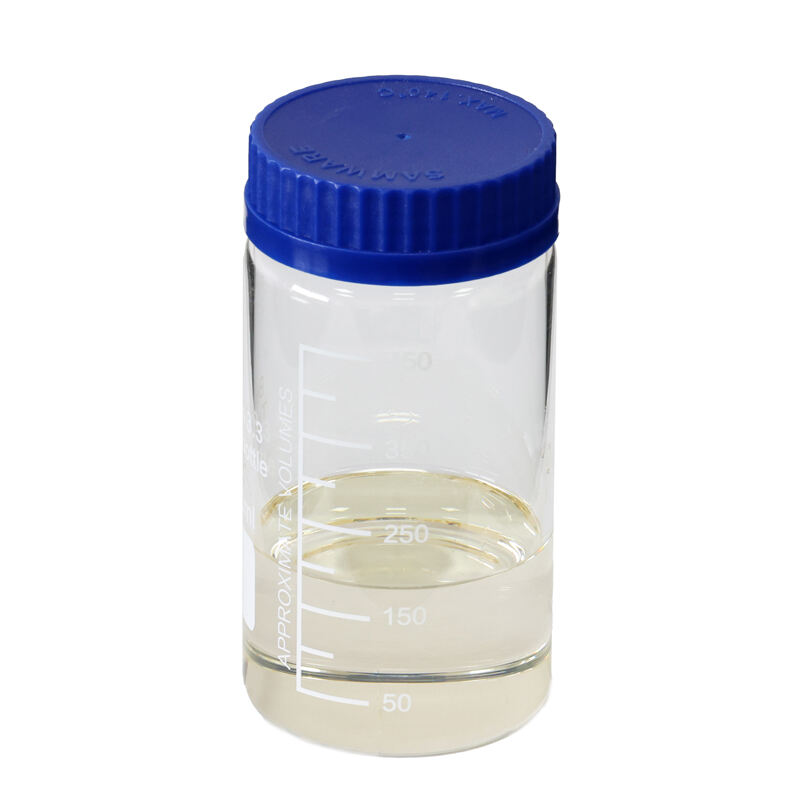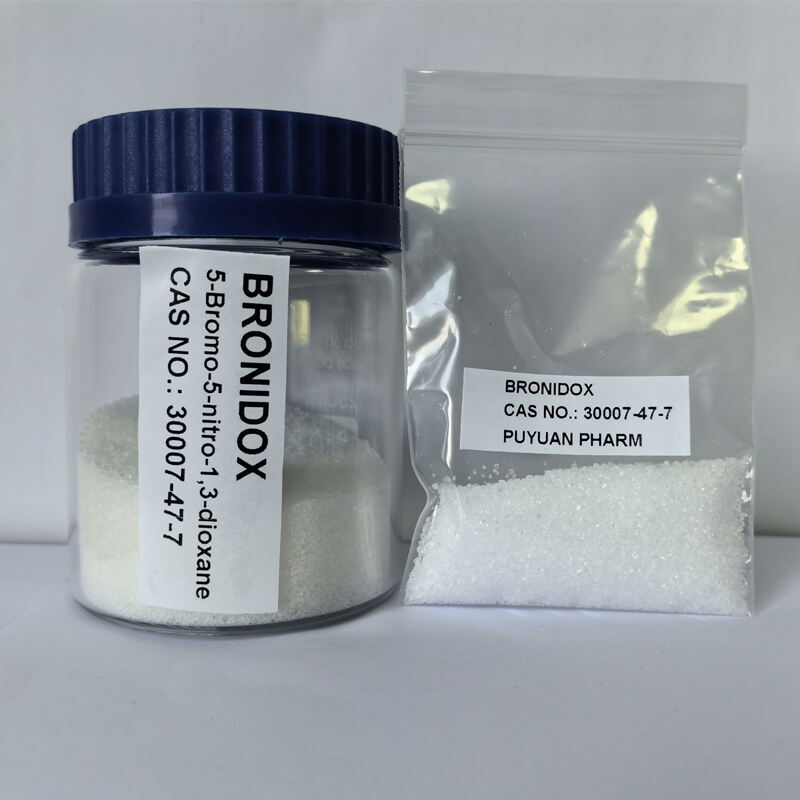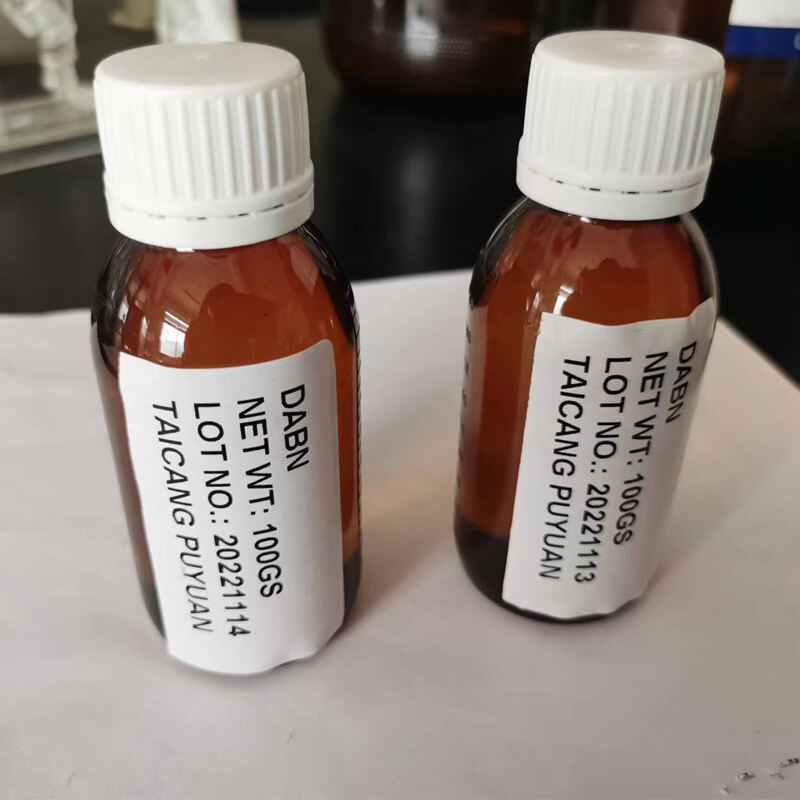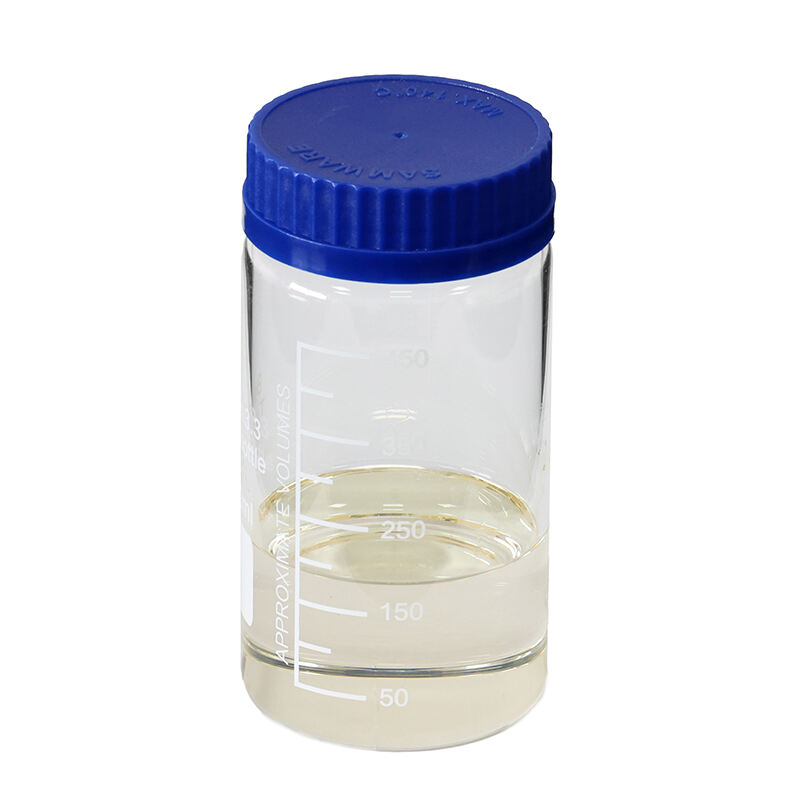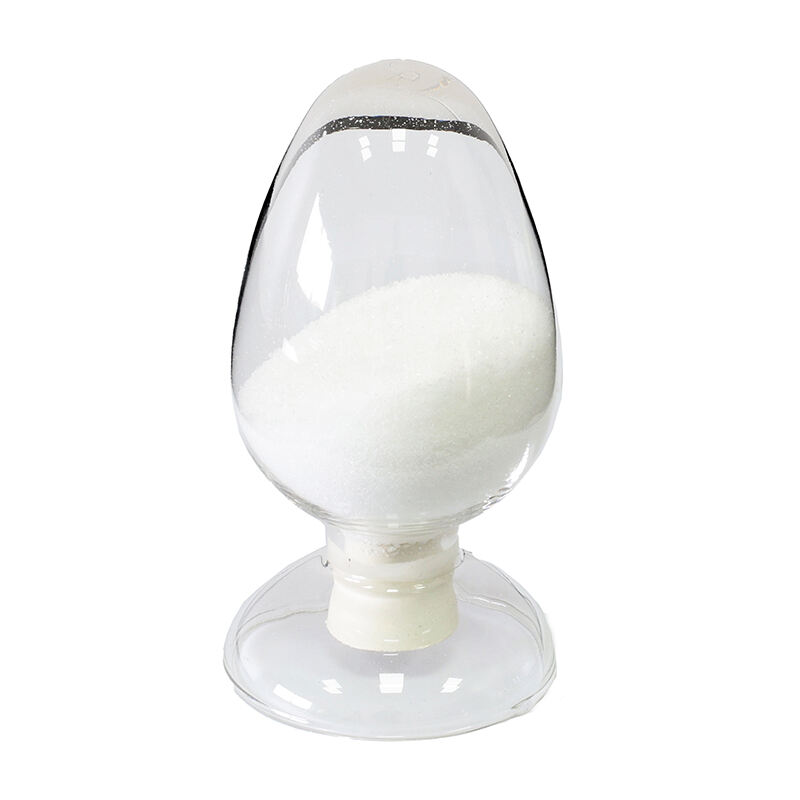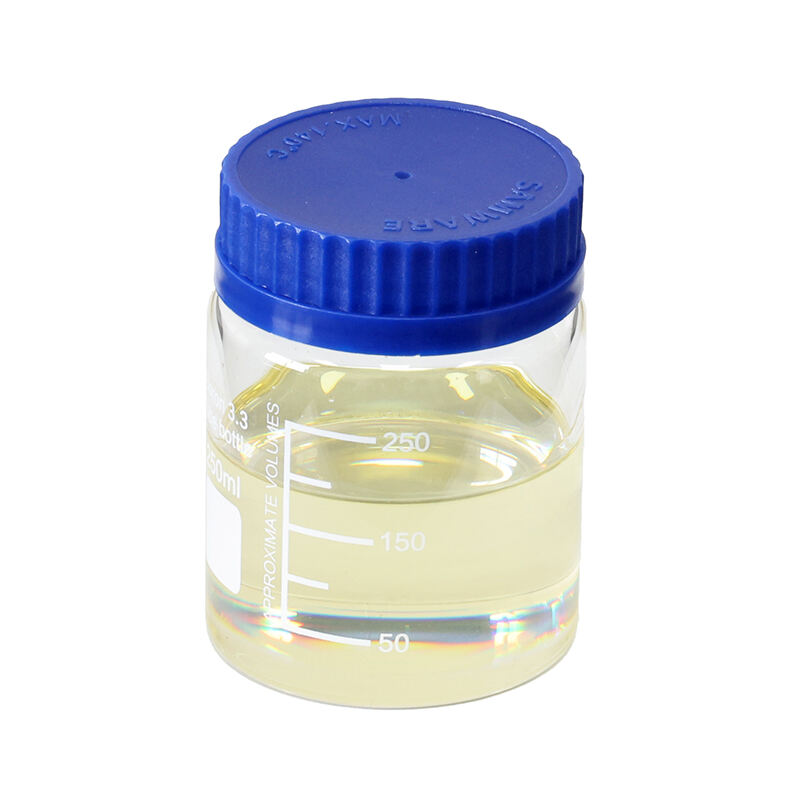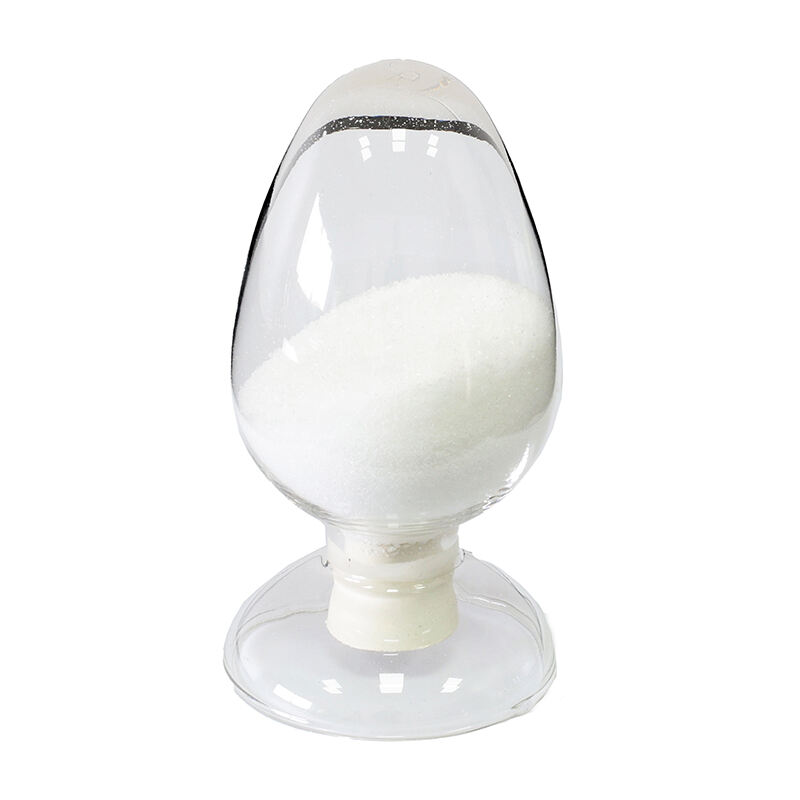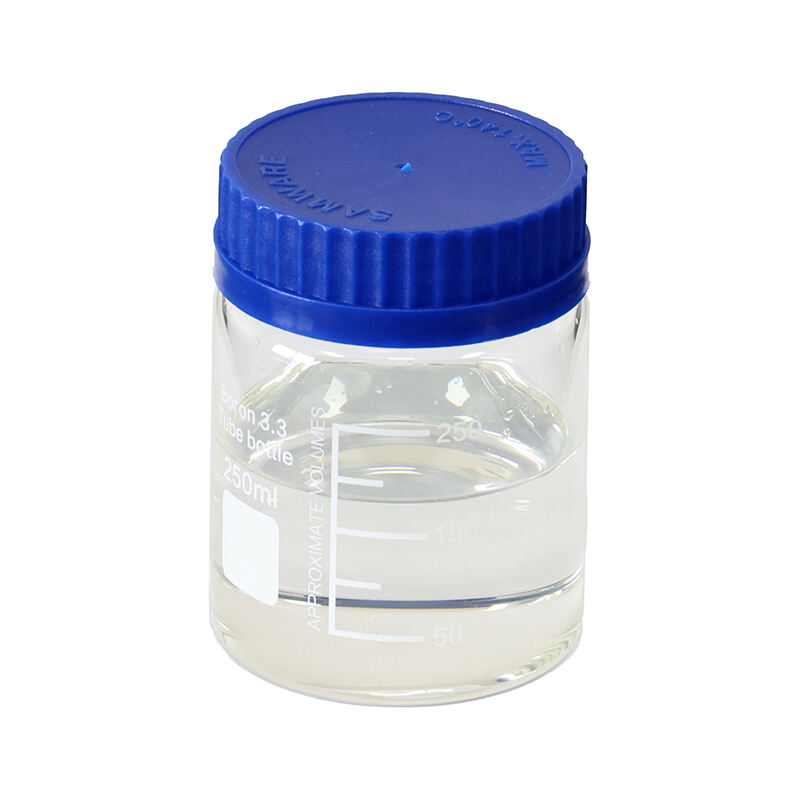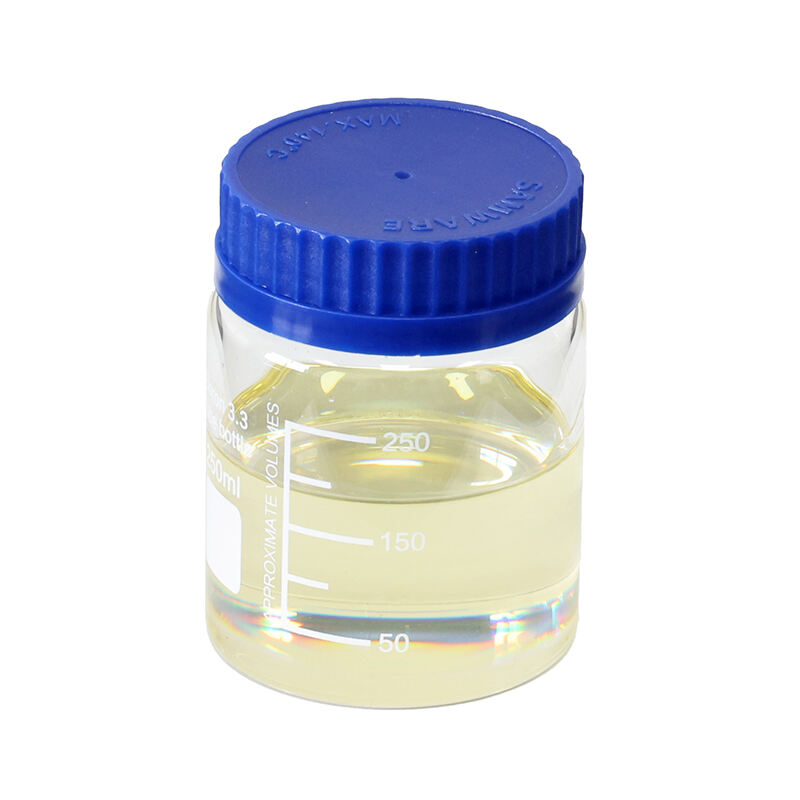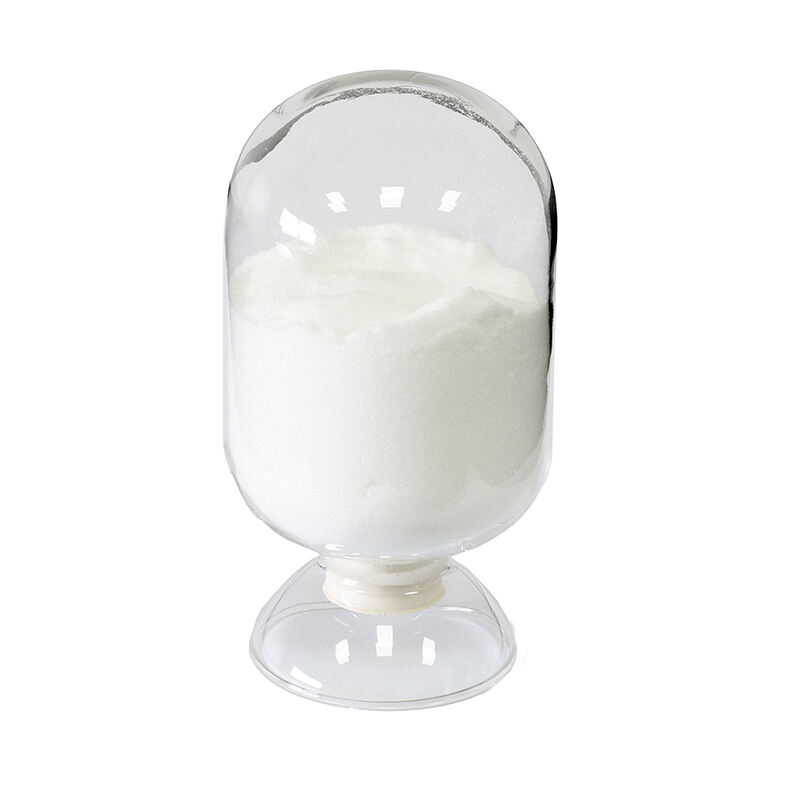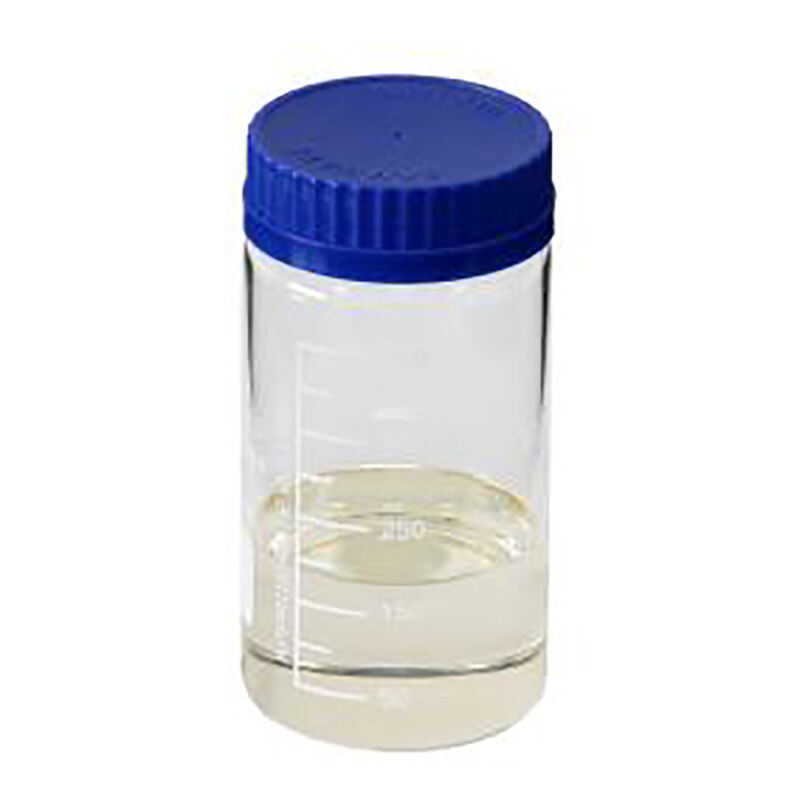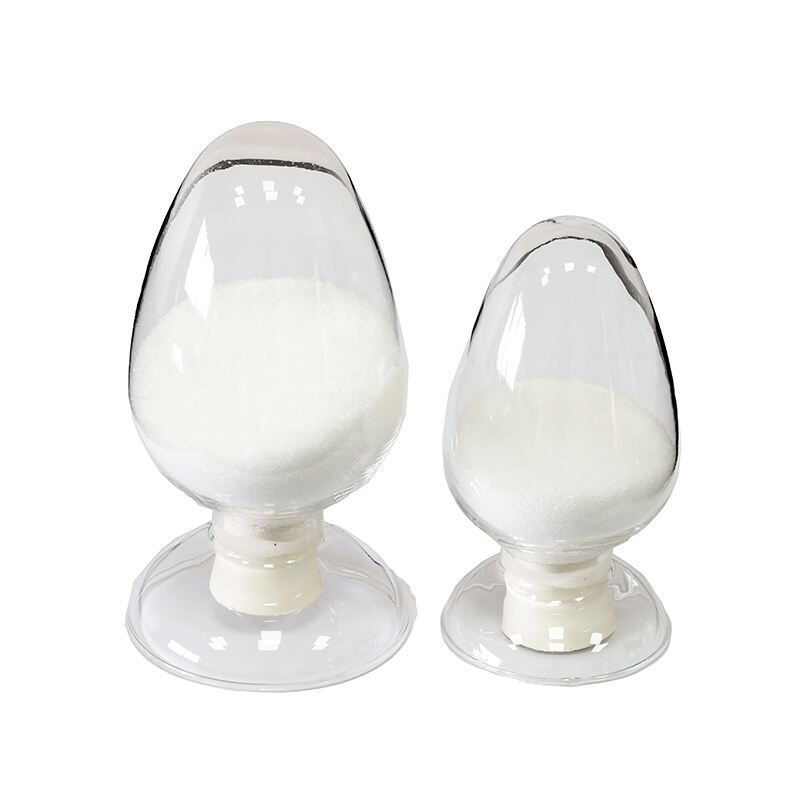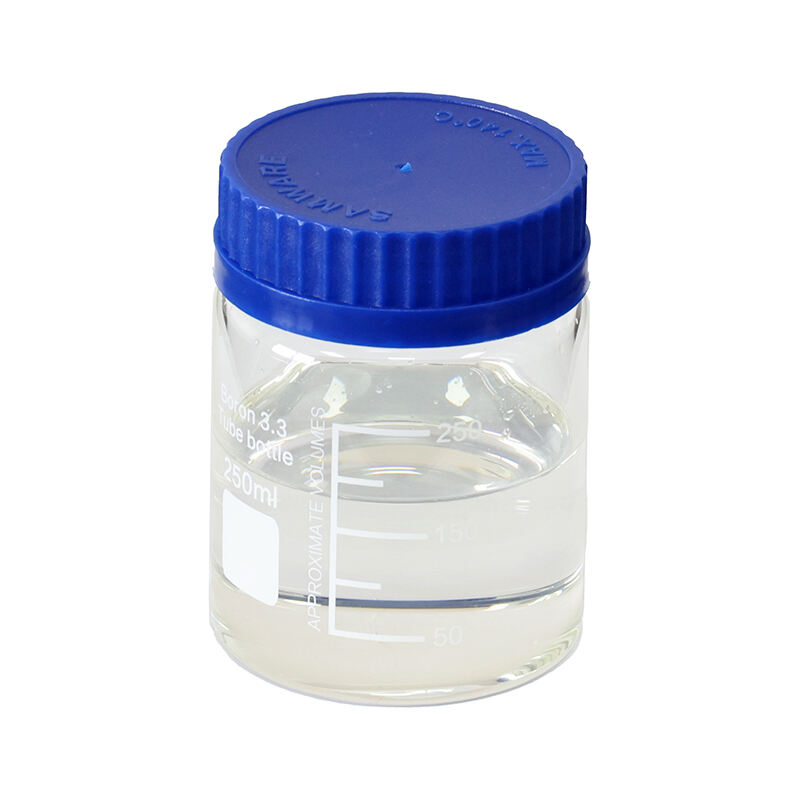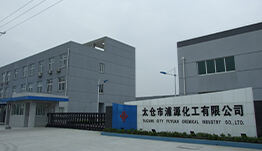Bactericidal mechanism of bromo-based industrial fungicides
Abstract: Bromine fungicides are a kind of chemical substances widely used in water treatment, agriculture, medical treatment, home cleaning and other fields. Their main role is to inhibit microbial growth, prevent the spread of disease, food spoilage and other problems. The most commonly used bromine fungicides in industrial sterilization are Bronopol(CAS: 52-51-7), Bronidox(5-Bromo-5-nitro-1,3-dioxane, CAS: 30007-47-7 ) , DABN(1,3-Diacetoxy-2-bromo-2-nitropropane, CAS: 34564-38-0), DBNE(2,2-Dibromo-2-nitroethanol, CAS: 69094-18-4).
Keywords: bromine; fungicide; biocide; preservative; Bronopol; 52-51-7; Bronidox; 5-Bromo-5-nitro-1,3-dioxane; 30007-47-7; DABN; 1,3-Diacetoxy-2-bromo-2-nitropropane; 34564-38-0; DBNE; 2,2-Dibromo-2-nitroethanol; 69094-18-4
1.Types of bromine fungicides
Bromine as a fungicide can be divided into oxidizing fungicide and non-oxidizing fungicide two kinds. Bromine oxidation sterilization mainly includes bromine chloride, active sodium bromide, stable bromine and hain products, etc. The main representatives of non-oxidizing fungicides are Bronopol(CAS: 52-51-7), Bronidox(CAS: 30007-47-7 ) , DABN(CAS: 34564-38-0), DBNE( CAS: 69094-18-4).
2.Mechanism of bromine oxidizing fungicide
Bromine oxidizing fungicides hydrolyze in water to produce hypobromic acid, which can penetrate the cell membrane of microorganisms, enter the interior of cells, and oxidize organic polymers such as proteins, nucleic acids and enzymes of bacteria (or viruses), thereby killing pathogenic microorganisms.
3.Mechanism of bromine non-oxidizing fungicide
Bromo-based non-oxidizing fungicides, such as DABN, are characterized by their rapid action rate. After being added to water, their molecules can quickly penetrate the cell membrane of microorganisms and act on certain protein groups to terminate normal redox of cells. Their branches can also selectively bromine or oxidize special enzyme metabolites of microorganisms, ultimately leading to cell death.
4.The stripping effect of bromo-based fungicides on biofilms
Bromo-based fungicides not only have a broad spectrum and efficient bactericidal performance on plankton in the water, but also have a good inhibition effect on biofilm stripping. After being added to the water, due to its good permeability, the active components in the agents can quickly penetrate into the metal surface, act on small microbial communities, and make them rapidly depolymerize to prevent the formation of biofilm. For systems that have formed biofilms, the active components do not react with the clay layer in the biofilm, but go deep into the deepest part of the biofilm, acting on the microbial community at the interface between the biofilm and the metal surface, destroying its viscosity and causing the biofilm to fall off.
5.Introduction of bromine fungicide products
The most commonly used bromine fungicides in industrial sterilization are Bronopol(CAS: 52-51-7), Bronidox(5-Bromo-5-nitro-1,3-dioxane, CAS: 30007-47-7 ) , DABN(CAS: 34564-38-0), DBNE(CAS: 69094-18-4).
Bronopol is mainly used as a preservative and fungicide, added in the processing of cosmetics such as shampoo, balm and cream, the concentration in cosmetics is 0.01%-0.02%, and can also be used in detergents, fabric treatment agents, etc. As a bactericide. It can effectively control a variety of plant pathogenic bacteria. Treatment of cotton seed can prevent and control cotton black arm disease and bacterial eagle blight caused by cotton horn spot, and has no drug harm to cotton. It can also be used for rice malignant seedling disease. The recommended concentration is 800 ~ 1000mg/L. It is also used for industrial circulating water, paper pulp, coatings, plastics, cosmetics, wood, cooling water circulation system, and industrial use of sterilization, mildew, corrosion, algae and so on.
Bronidox is a white crystalline powder with a distinctive bromine odor. It is a highly effective bacteriostatic agent for clinical blood cell analysis, biochemical analysis and immunoassay reagents, including reagents, quality control products, calibration products, diluents, cleaning solutions and buffers.
DABN is a fungicide, generally used in industrial circulating water, paper pulp, coatings, plastics, cosmetics, wood, cooling water circulation systems, as well as industrial use of bactericidal, anti-mildew, anti-corrosion, algae, etc.
DBNE is a broad-spectrum and highly effective industrial fungicide used to prevent the growth of bacteria and algae in paper, industrial circulating cooling water, lubricants for metal processing, pulp, wood, coatings and plywood, as well as a sludge control agent, widely used in paper mill pulp and circulating cooling water systems. As a broad spectrum and efficient biocide, it can quickly penetrate the cell membrane of microorganisms and be used for certain protein groups, so that the normal REDOX of cells is suspended, thereby causing cell death. At the same time, its branches can also selectively bromine or oxidize specific enzyme metabolites of microorganisms, ultimately resulting in microbial death. This product has good stripping performance, no foam when used, liquid products and water can be miscible at any rate, low toxicity.

 EN
EN
 NL
NL
 FR
FR
 DE
DE
 JA
JA
 KO
KO
 PT
PT
 RU
RU
 ES
ES
 ID
ID
 VI
VI
 TH
TH
 MS
MS
 TR
TR
 AR
AR

